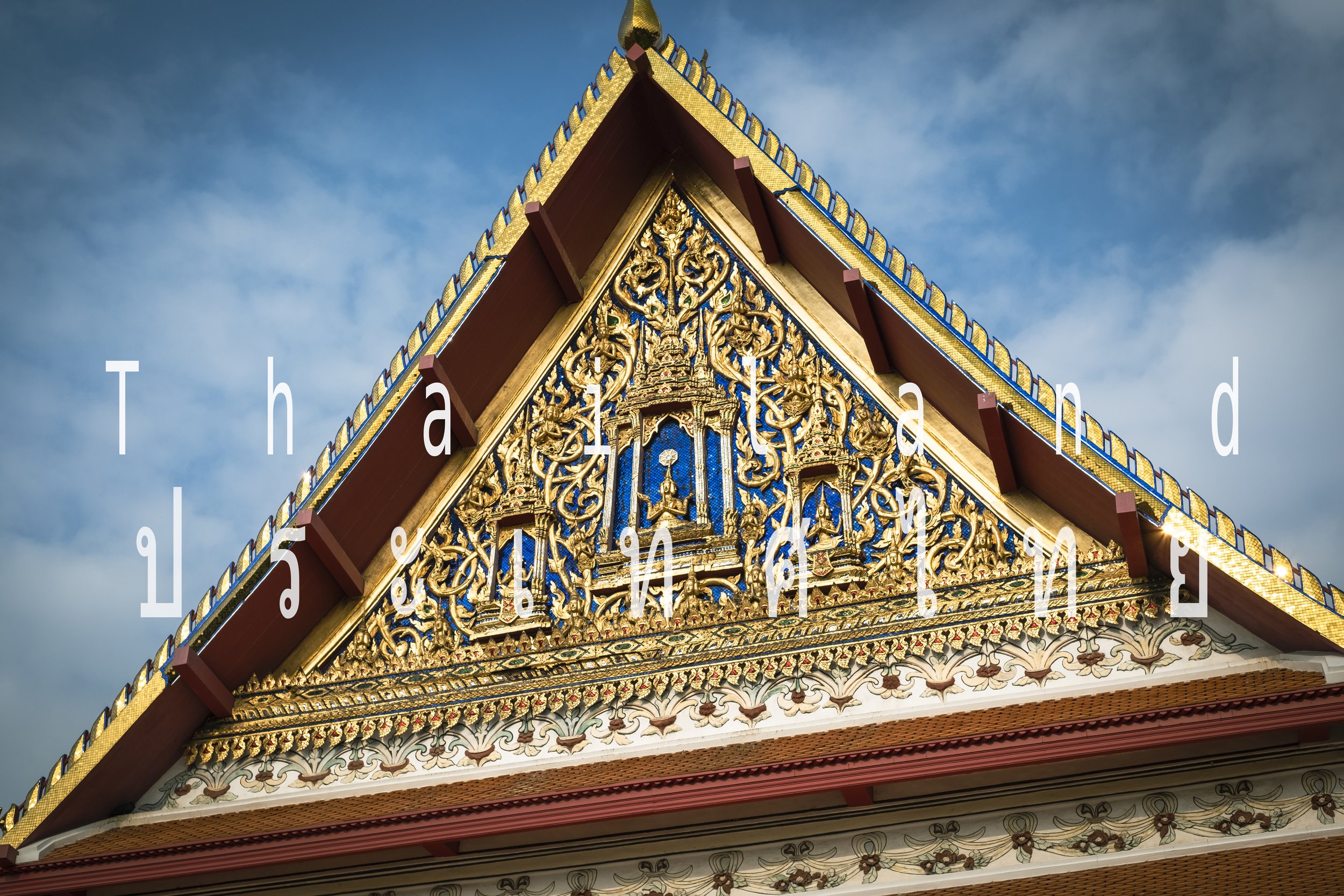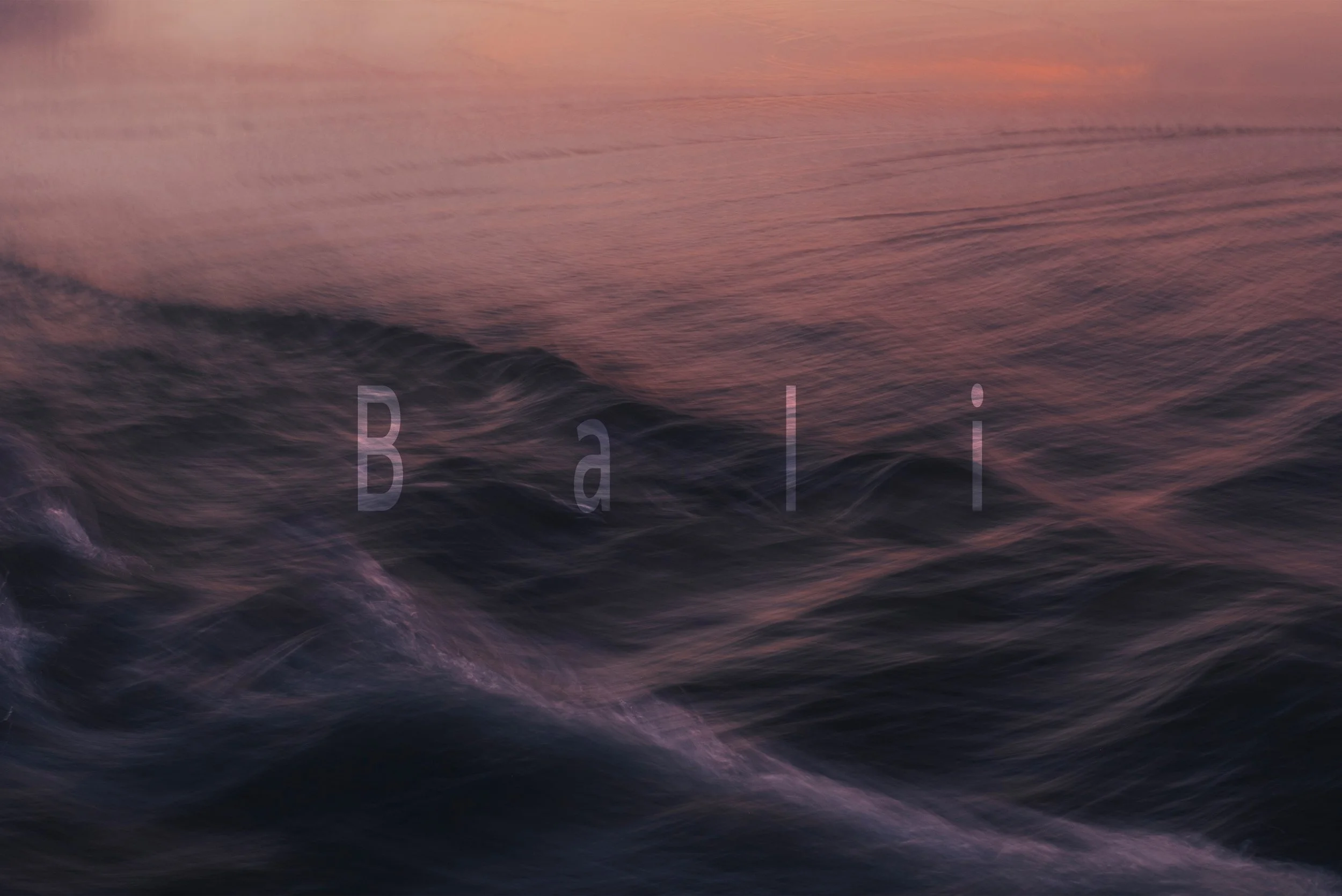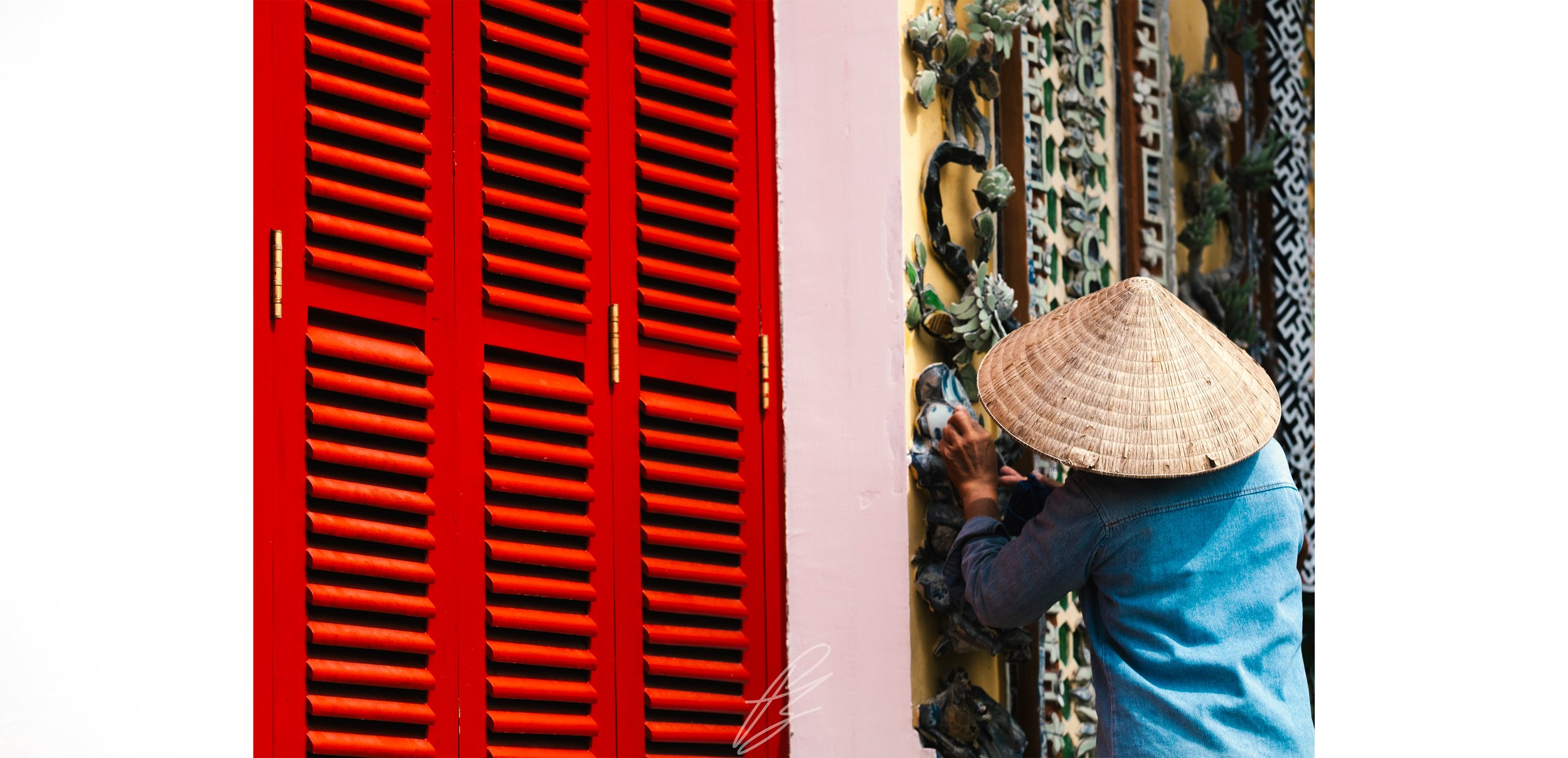Exploration Portfolio
I often find myself only realizing the depth of a place once I’ve been there. A rush of curiosity falls over me and I want to consume everything about the it. Even if I’ve read about it before, the bias of sight reigns dominant in every corner of the world. I hope the images and stories I share instill a curiosity previously unknown.
Contact for details for prints on showcased photos not listed as an option in the Prints section of the website.
View on desktop for optimal perspective.

One of the great cradles of civilization, the Middle Kingdom has been my home for the better part of a decade now. Its storied history coupled with its modern resurgence makes it a land full of ambition, tradition, ingenuity and hopefulness. Its depiction as a monolith distorts the incredible diversity in its ethnicities, cuisine, languages, geography and aspirations. Pictured above are 3 Tulou from the Chuxi Cluster (初溪土楼群) in the southern Fujian province.

A small portion of a massive 1000 handed gold foil covered stone carving of Guanyin: the female Buddhist divinity of compassion. Her 800 year old carving rests inside the UNESCO World Heritage site amongst the other carvings at Dazu in Chongqing province.

The night skyline of the central business district of Qingdao, Shandong. A seemingly uncountable number of apartment and office buildings are planted across Chinese cities.

桃坪镇 (Taoping Village) in Sichuan province. A town inhabited by one of the 55 ethnic minorities in China, the 羌族 (Qiang people), with 3 Himalayan watch towers.

A sleeping Buddha at Dazu, Chongqing. Contrasting with the Buddha from Theravada Buddhism seen in Southeast Asia, this depicts the religious and philosophical legend from the Mahayana tradition. Mahayana Buddhism is more prevalent in East Asia.

Left to right. (L) Lion Grove Garden in Suzhou. (M) Hongya Dong in Chongqing. A commercial and tourist centerpiece of the city. (R) The perspective of a stray dog on the Yangzi River looking into the central business district of Chongqing.

Standing atop a withering jetty jutting into the Yellow Sea, a Qingdao man looks into the horizon.

Staying with a local Hakka family in a Nanjing Tulou, red lanterns adorned the halls as Chinese New Year was near.

A boy peaks below to watch koi fish leisurely swim at Lion Grove Garden in Suzhou. The garden was built in the 14th century.

The village of Huangshan where the foothills of Mount Lao meet the sea in Qingdao. You need permission to enter this part of the mountain, as not to disturb the locals. Here the vibrant waters composed with the orange rooftops and green tea terraces make for a obligatory stop at a local tea house.

The skyline of many Chinese cities are unrecognizable from 10 years ago. The rocket paced developments are impressive, yet not without their concerns. Yet from this vantage the beauty of my first home in China can be seen for miles.

Thailand has always sat at the crossroads of power and trade. From this position has emerged an incredible culture of hospitality, world class cuisine, fierce pride, fearless expression, deep spirituality and reverence. Above, the gold and blue pediment of one of the buildings in the National Museum of Thailand.

The details of a royal barge showcase the craftsmanship, and elegance so often depicted in the art and architecture of Thailand.

Buddhism, like any ideology, varies through time, experience, and perspective. Here in Ayutthaya, the Reclining Buddha at Wat Lokaya Sutha has the Theravada Buddhist style more distinct to Southeast Asia than that of the Mahayana Buddhism in East Asia.

Red lanterns raised in time for Lunar New Year in Bangkok. Below, the bustling of thousands of people from all over the world taking in the spectacle of the most visited city in the world.

Left to right (L) Wat Ratchaburana at Ayutthaya. Much of the design were an attempt to emulate Angkor Wat. (M) A walk down Yaowarat road in Chinatown, Bangkok. A thousand cuisines and services are advertised in competing neon signs. (R) One of the surrounding prangs at Wat Chaiwatthanaram.

Bob-tailed cats roam around Southeast Asia everywhere you go. At first I wondered if their tail was the result of injury, but assumptions are best when corrected. It's simply genetics.

A worker scales the scaffolding to finish decorating in time for Lunar New Year.

The rich experience of food, culture, nightlife, and novelty rushes and overload the senses at times.

The ruins of the old capital of Siam in Ayutthaya remain stunning and far too under appreciated.

It's cliche to mention tragedy when speaking of Cambodia. Though that cliche can't be avoided, nor should it be, Cambodia is more than the sum of its recent past. Beyond those traumas there are roots in the devotion, arts, and perseverance of the Khmer people. Kindness and joy abounded here with the assurance of a brighter future. Pictured is the sunrise over the northern side of Angkor Wat.

Left to right (L) One of the 5 towers of Angkor Wat, built to resemble a Lotus Flower (M) A troop of macaques loiter about the temple. One spilled my companion's coffee and sucked at the ice, hissing at us. These two minded their own business. The child feeding from their mother. (R) Unbeknownst to this bird, it leaves what is a marvel to humans. To it, it's just a perch.

Perhaps the most remarkable of all the temples in the Angkor Wat complex is Bayon. Lost inside the labyrinth-like interior , I looked up as the sun waned to see one of the distinguishing faces that adorn the towers.

The buzzing streets of Phnom Penh showed a side of Cambodia less catering to tourists. Day to day life of those trying to make a simple living. Just 40 years removed from one of the most harrowing genocides in history, there remains an intimate memory amongst the elders. The world keeps spinning for the young, notwithstanding generational trauma.

The sandstone used to build portions of the buildings has lead to oxidation over time. Combined with the green overgrowth, the colors create an earthy, almost forgotten atmosphere.

A faceless guardian along one of the many bridges that lead into various parts of the temple complex.

A depiction of the heavenly court of Vishnu inside the wall of Angkor Wat.

Though just one island on the great archipelago nation of Indonesia, Bali stands out with its unique Hindu beliefs. Frequented now by millions of tourists each year for its beaches, waves, and spiritual environment, the soul of the island must compete with the external pressures to conform and commodify itself. Above, the sea and sky paint together in long-exposure.

Batu Bolong Beach at sundown. Surfers catch waves and a phenomenal sunset. Not a rare occurrence here.

A girl from a world away, approaching each ebb and running away in playful glee each time it came back.

Left to right (L) Pura Gunung Lebah, a temple in Ubud. The unique temple style here is literally everywhere you go. Temples large and small are intrigal of this highly spiritual land. (M) A swimmer completes the composition. I often prefer silhouette photos of strangers. I desire to keep the identity of people distorted. (R) Perhaps the only thing as common as temples in Bali are scooters. Tourists are well known for getting a "Bali kiss," or a "Bali tattoo." These are different names I came across from locals for when foreginers crash and get road burns.

Sunset nears as birds form a relationship with a man and his machine. As he plows through the paddy, insects become more easily accessible to the opportunistic attendants.

Simultaneously peaceful and buzzing with excitement, Vietnam's name is often spoken of in reference to great struggles. Like a dragon, it makes its way from the mountainous tribes of the north down the the tropics of the south. Its geography and place in the world, along with its hardy yet peace loving people make it unforgettable. Above, a rice paddy in the province of Ninh Binh.

Left to right (L) Lanterns in Vietnam come in varied shapes and colors compared to that of China, which commonly are red and bulbous. (M) The gate to Bich Dong Pagoda. Long lines at the entrance for those wishing to take the picturesque "stroll to the gate" photo opp. Once inside, elder residents flaunt bird calls to grab your attention. That, and to sell to you of course. (R) The distinct red and gold colors accompany you throughout your time in Hue Imperial City. Depictions of nature are often done with shattered pieces of porcelain.

A worker cleans the ornate designs of the recently rebuilt Kien Trung Palace. Destroyed in 1947, it was the residence of the last Emperor of imperial Vietnam, situated in Hue.

Incense is one amongst many aromas in this part of the world. These had been recently made. One of the ways in which Hue caters to tourists is in making their own.

The recent rains had turned the path to squelching mud in Ninh Binh. This path led to the home of a man who makes his money from allowing visitors to ride his ox.

Motorbiking from Hoi An to the Hải Vân Pass, the fog cleared away for a brief window to look out at the coast near Da Nang.